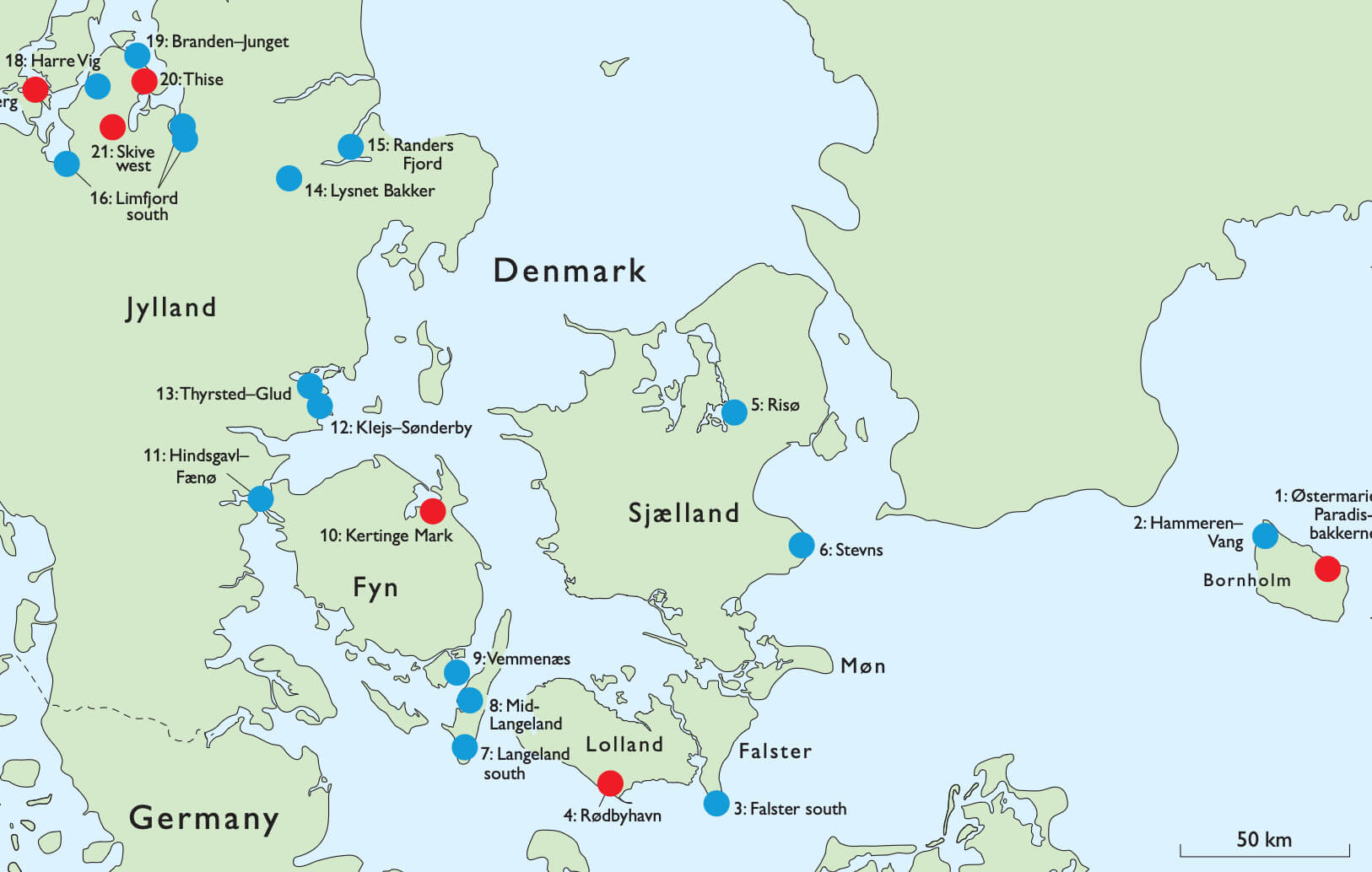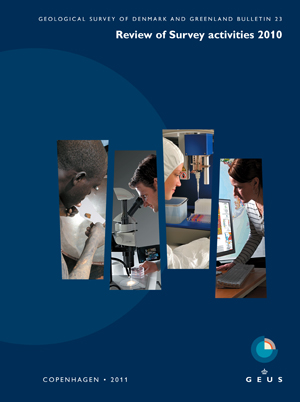
How to Cite
Share
Abstract
Low- and intermediate-level radioactive waste from the Danish nuclear research facility, Risø, includes construction materials from the reactors, different types of contaminated material from the research projects and radioactive waste from hospitals, industry and research institutes. This material must be stored in a permanent disposal site in Denmark for at least 300 years (Indenrigs- og Sundhedsministeriet 2007). The Ministry of Health and Prevention presented the background and a decision plan for the Danish Parliament in January 2009 (Ministry of Health and Prevention 2009) and all political parties agreed to the plan. In the beginning of 2011 three studies were presented to the parliament (http://www.im.dk/Aktuelt/Nyheder/ Forebyggelse/2011/Maj/Slutdepot.aspx): (1) A pre-feasibility study for the final disposal of radioactive waste, (2) a study on radiation doses from the transport of radioactive waste to a future repository and (3) a study on identifying potential disposal areas. The latter study was conducted by the Geological Survey of Denmark and Greenland (GEUS) and the aim was to locate a sediment or rock body with low permeability down to 100–300 m below the ground surface. The ultimate goal is long-term protection of people and environment by isolating the radioactive waste in a final depository. This goal can be reached by identifying a significant volume of sediments or rocks characterised by a low flow regime and high absorption potential. GEUS was given the task to locate approximately 20 potential disposal areas.
How to Cite
Share
Copyright (c) 2011 Peter Gravesen, Merete Binderup, Bertel Nilsson, Stig A. Schack Pedersen

This work is licensed under a Creative Commons Attribution 4.0 International License.
Downloads
Edited by Ole Bennike, Adam A. Garde and W. Stuart Watt
This Review of Survey activities presents a selection of 19 papers reflecting the wide spectrum of activities of the Geological Survey of Denmark and Greenland, from the microscopic to the plate-tectonic level.
The Survey's activities in Denmark and surrounding areas are [...]









